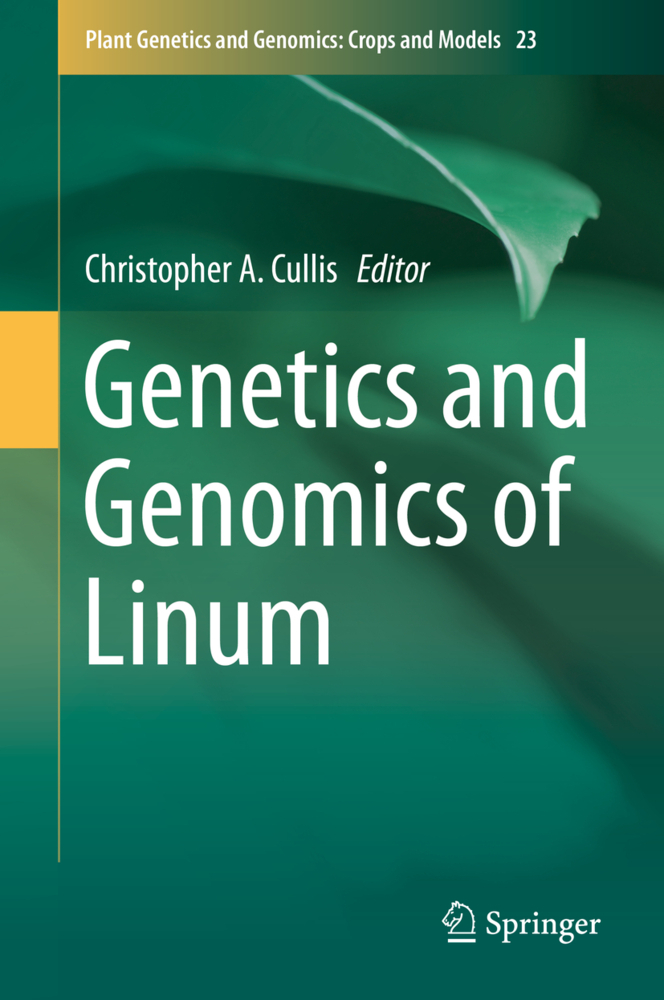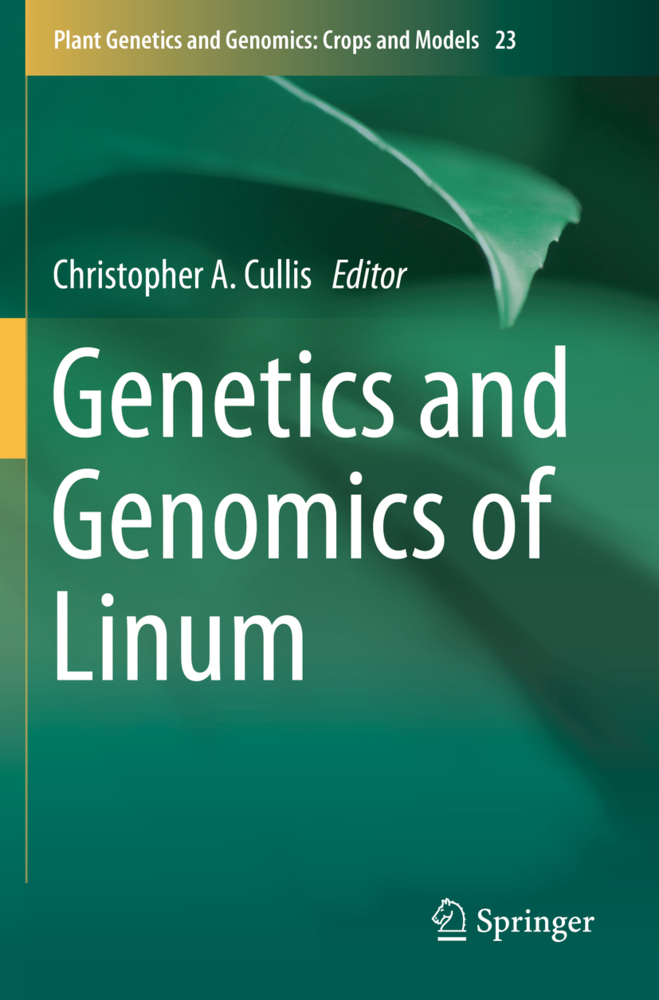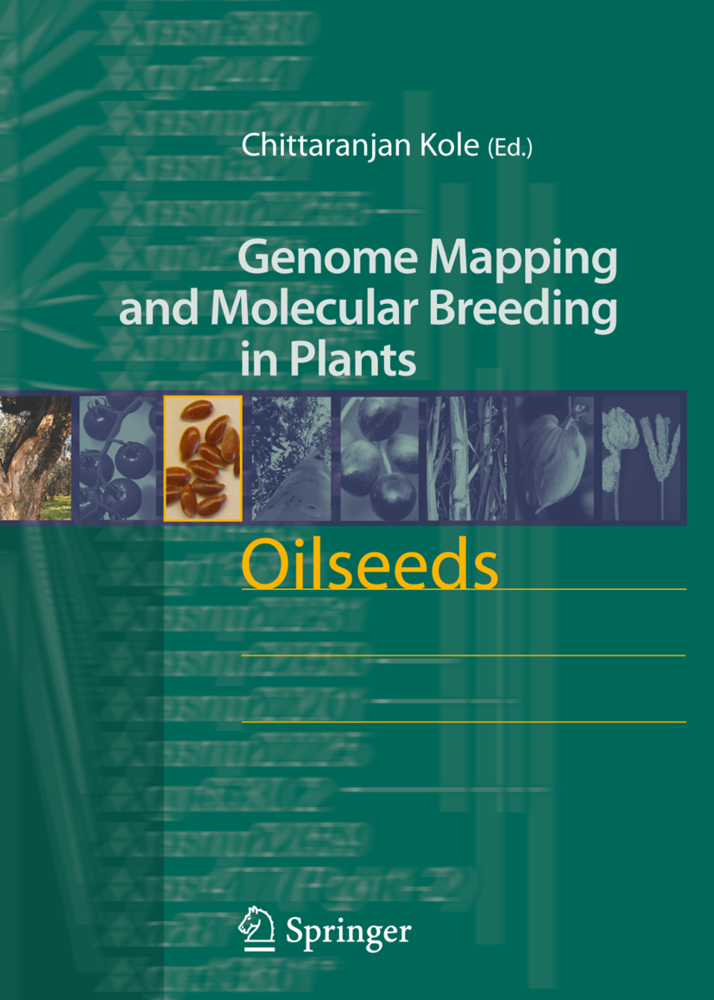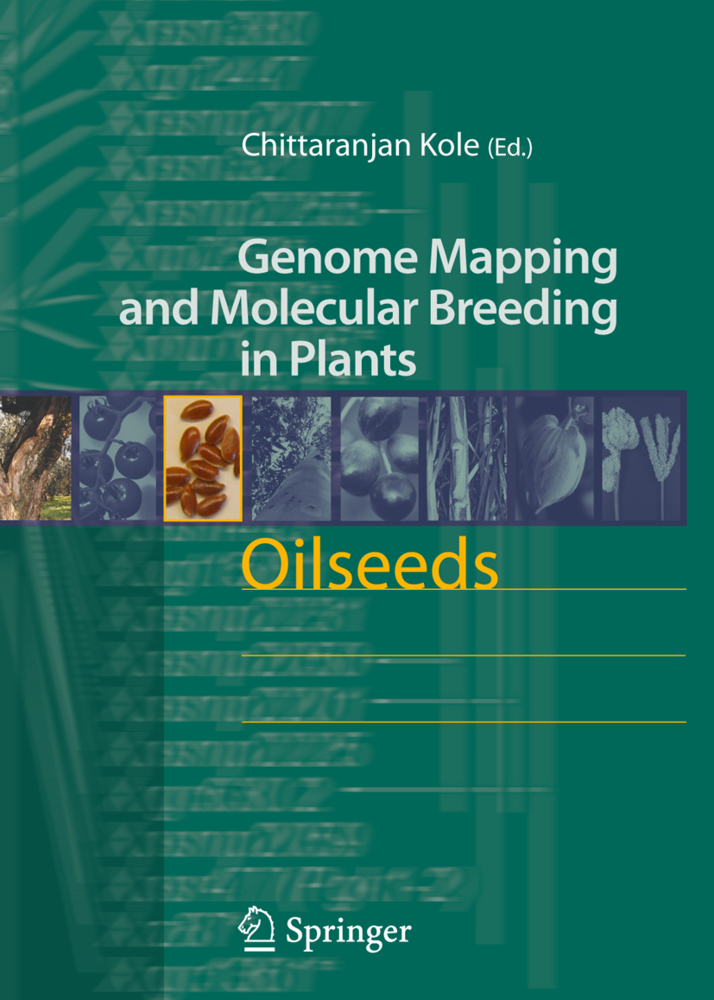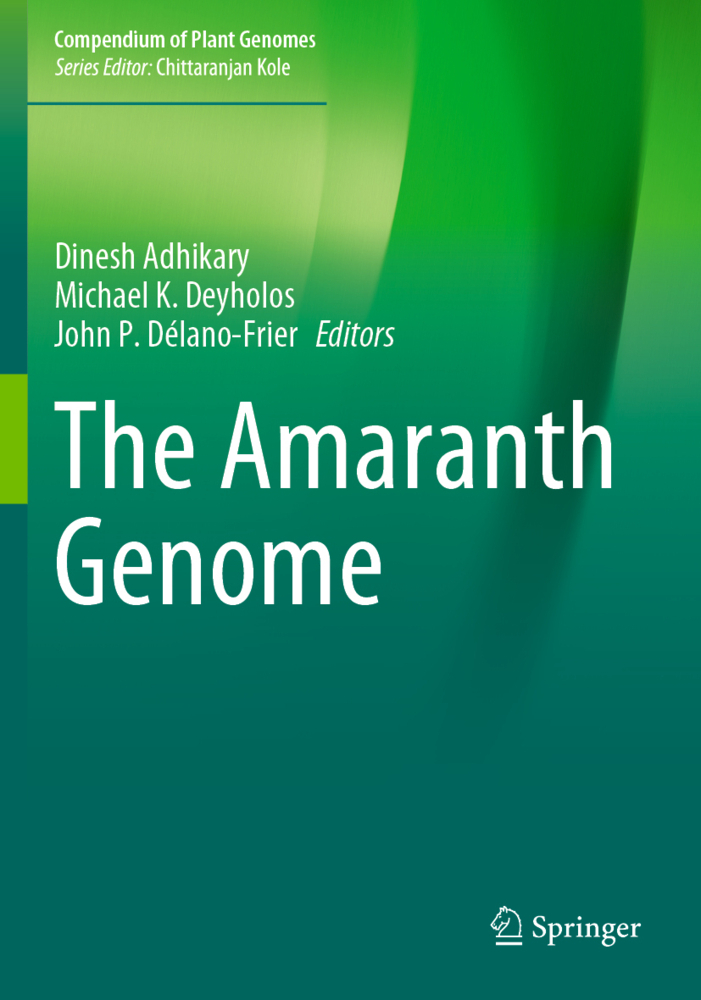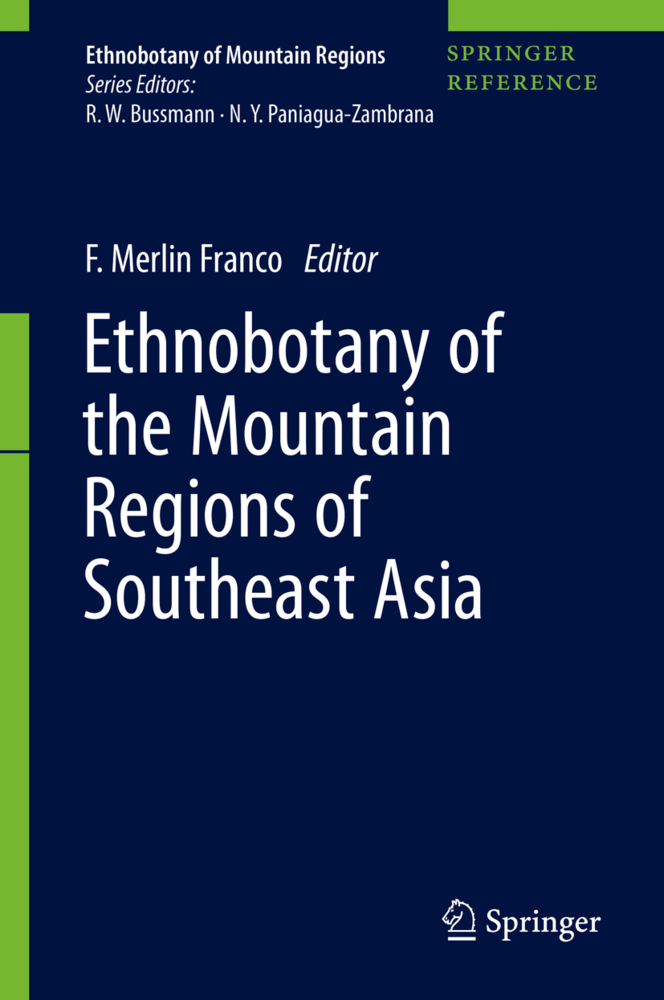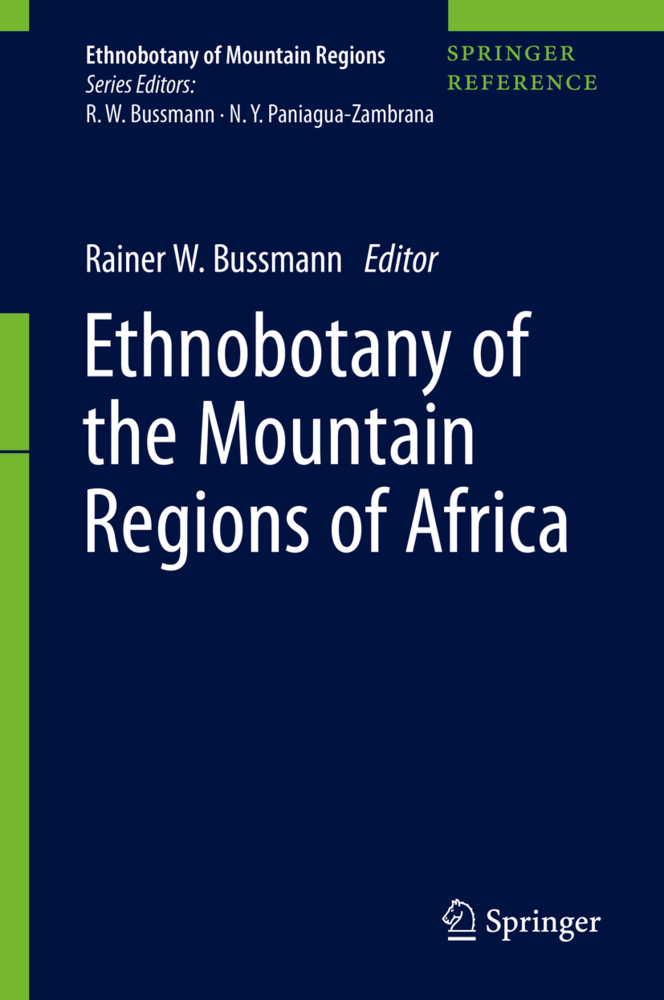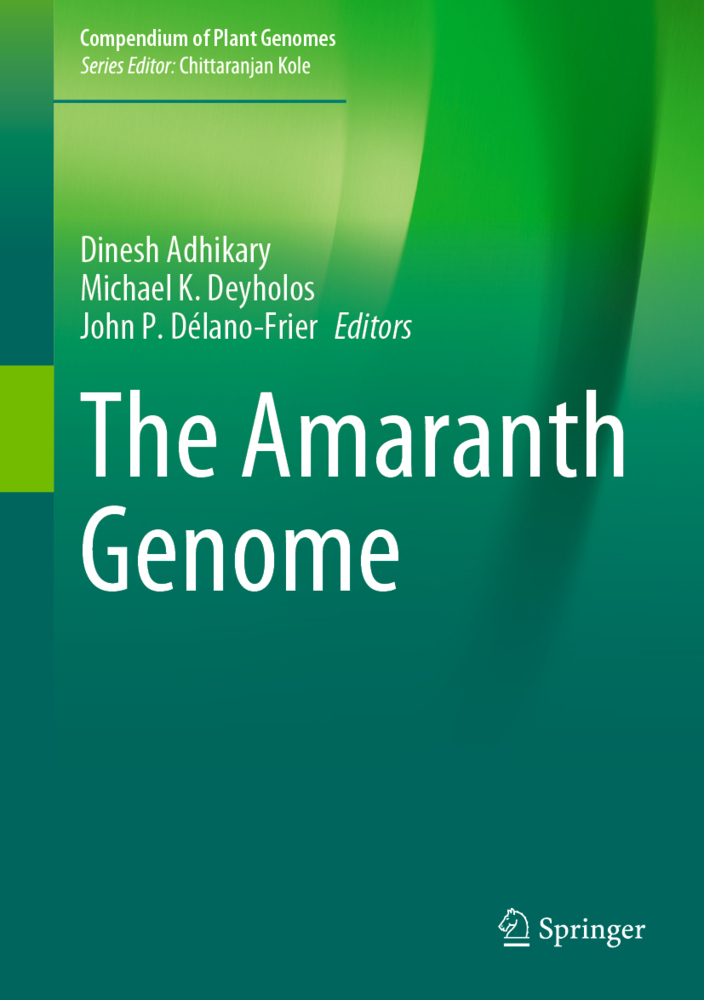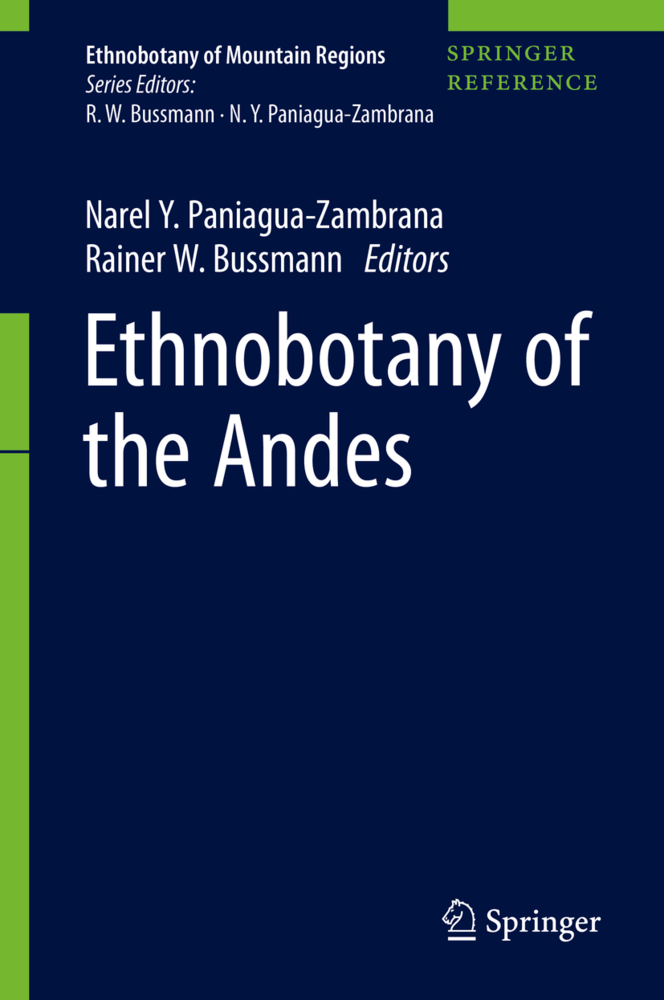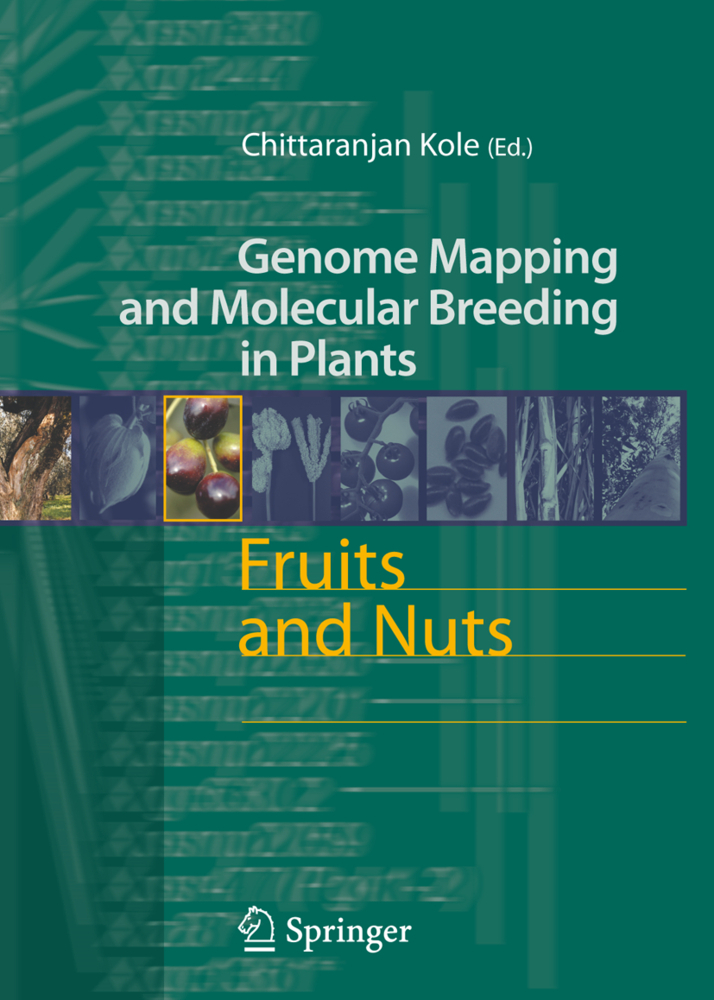Linum (flax) is a genus of about 200 species in the flowering plant family Linaceae. The genus includes common flax, which is one of the best fibers to produce linen, the seeds to produce linseed oil and has health-related properties of flax in human and animal nutrition.
This book describes the genetics and genomics of Linum including the development of extensive experimental resources (e.g. whole genome sequence, efficient transformation methods, insertional mutant collections, large germplasm collections, resequenced genomes) that have led much progress and its economic importance. The methods and use of Linum to address a wide range of applications (e.g. disease resistance, cell wall composition, abiotic stress tolerance, floral development, natural diversity) is also discussed.
Taxonomy and Natural History of Linum
The gene pool of Linum usitatissimum and immediate progenitor Linum bienne.- Flax breeding and variety release.- The flax genome sequence: a core resource for flax genomics.- The assembly of the flax genomes into chromosomes.- Comparisons between oil-seed and fiber flax genomes.- The Linum transcriptome.- Mapping resources - molecular markers, mapping populations.- Flax transposable elements.- Flax small RNAs.- Gene mutagenesis systems in the fatty acid pathway.- Gene mutagenesis systems and resources for the flax - TILLING, transposons.- QTL mapping.- FLAX CELL WALLS AND FIBER.- FLAX TRANSFORMATIONLinum Bioinformatics Resources.- Flax disease resistance genes.- Genomic and phenotypic responses of flax to stress.- Flax secondary products.- Flax cyclic peptides.- Medicinal uses of flax.- Transgenic flax and the Triffid affair.- Fundamental insights into plant biology that might be offered by Linum.- Index.
Cullis, Christopher A.
| ISBN | 978-3-030-23963-3 |
|---|---|
| Artikelnummer | 9783030239633 |
| Medientyp | Buch |
| Copyrightjahr | 2019 |
| Verlag | Springer, Berlin |
| Umfang | VIII, 270 Seiten |
| Abbildungen | VIII, 270 p. 82 illus., 66 illus. in color. |
| Sprache | Englisch |

